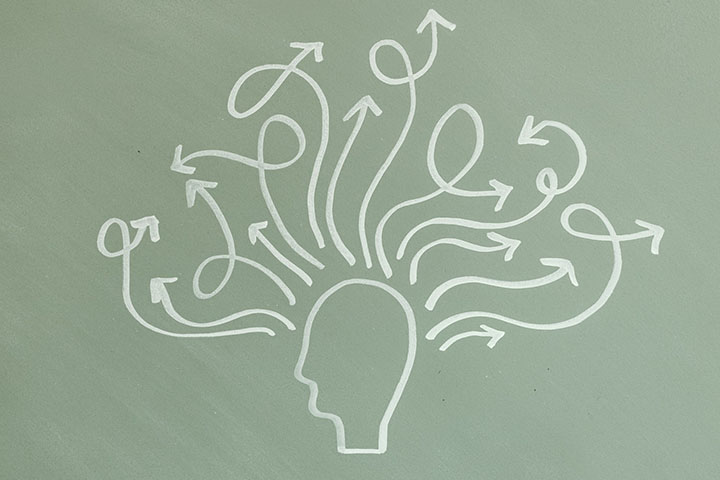ADD is one of the most widely studied issues in the Neurofeedback realm. Persons can be studied by observing brain waves and measuring and recording the activity and creating a 2-D or 3-D map or model of their brain wave activity to trace what it is doing through tasks or even operating under normal conditions. Persons with ADD have brain wave patterns that are different than the rest of the population.
Marked by impulsivity, inattention, distractability, and hyperactivity are a few notable signs. Persons often become tired or unable to focus when a task becomes available. In fact, these persons almost drain out energy from their brains as they are trying to focus or think while their counterparts appear to gear up and have energy for a task at hand.
Dr. Joel Lubar at the University of Tennessee analyzed QEEG data (recording of EEG activity) from 109 persons with ADD. During academic challenges, persons with ADD had significant increases in Theta activity along the midline and in the frontal regions and decreased beta activity along the midline posteriorly. Theta is a brain wave typically reserved for sleepy groggy times, and beta is the wave associated with focus. If Theta is turned up and you’re groggy and beta is turned down which is the wave associated with focus, this person is not able “to focus” when they encounter a task. This is the signature of the inattentive type of ADD. From a QEEG standpoint, they mapped three other types of ADD configurations from studying qEEG maps -most pointing to excessive slow wave activity in the central and frontal regions of the brain. These studies are also supported by PET and SPECT scans that indicate abnormalities in cerebral metabolism (Jasper, Solomon & Bradley, 1938).
ADD is one of the disorders that have a neurological basis that can be supported by QEEG, PET, and SPECT scans.

